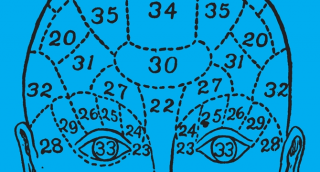Marketing
NEUROMITOVI 1. DIO
Neuromyth 1:
The most prevalent neuromyth in education is the idea that students have different learning styles; in other words, that their ways of learning are fundamentally different and require different educational practices. In the European and Asian countries where this has been studied, on average, 96 percent of teachers believe this neuromyth (see Figure 1 below). The belief that brain function differs greatly from one student to the next, and consequently that some students are “visual” learners while others are more “auditory” or “kinesthetic” learners, is often implicit in this notion of learning styles.
Although the notion of learning styles has been omnipresent in education literature for years, surprisingly few studies have investigated whether adapting teaching methods to learning styles actually improves learning. Remarkably, those that used a sound methodology obtained results that counter the idea that teaching methods adapted to a student’s learning style are beneficial.3
Current studies have not examined every possible learning style, and it is possible that we will eventually discover learning styles that teaching should be adapted to. In the meantime, however, while some students may prefer visual, auditory, or kinaesthetic learning, there is no credible scientific data to suggest that there is any benefit in teaching them using their preferred learning style. (Of course, good teachers find a variety of ways to engage students with the material they are learning; this is not what is being discussed here. What has been refuted is the notion of attempting to match teaching to individual students’ supposed learning style.)
IZVOR: education-canada/article/neuromyths-education
Post je objavljen 27.01.2017. u 12:27 sati.
